Dota 2 is a very popular game at the new Logical Increments office, and it’s becoming an increasingly popular game worldwide, now consistently topping the list of most played games on Steam.
Posts in Category: logical increments updates
AMD Launches the R9 Fury (non-X) for $550
AMD has released its second graphics card to utilize it’s new high-bandwidth memory, the R9 Fury. This follows the release of the R9 Fury X just a few weeks ago.
After reading through reviews and benchmarks (linked below), we can confirm several expectations. The non-X Fury is definitely the “little brother” card to the $650 Fury X, being both slower and cheaper.
AMD Launches the R9 Fury X
Finally, AMD has released a truly new graphics card. But how does it fare against the competition?
Last week began the launch of AMD’s newest line of graphics cards, the Radeon 300 series. For the most part, those cards were a refresh of the 200 series that came before it, but with some added clock speeds and faster video RAM. While most of those cards are fine and make our list of recommended components, there was nothing particularly thrilling about them.
Today, however, AMD has released the R9 Fury X, a GPU made with technology we have not yet seen. It’s launching at $650 and taking aim at NVIDIA’s new $650 GTX 980 Ti. The first round of benchmark reviews are in (linked below), and we have taken a very close look at them.
AMD Refreshes 200 Series of Graphics Cards as 300 Series
Finally, AMD has released its new 300 series of graphics cards, with 5 cards available as of June 18th: The Radeon R7 360, R7 370, R9 380, R9 390 and R9 390X.
If you take the time to view benchmarks and read through reviews (linked below), you will find that AMD did not really release any new cards in the 300 series, but has only refreshed the 200 series. They have taken the same GPUs from the 200 series, slightly raised the clock speeds (by ~5%), and added slightly faster RAM. The result is very similar performance to the 200 series.
GTX 980 Ti Released, Added to Logical Increments
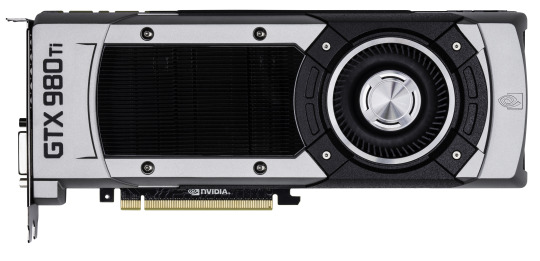
Last week, NVIDIA launched its GTX 980 Ti graphics card. If you haven’t yet heard about it, you can read the in-depth reviews for the card here:
GTX Titan X Launched, Added to Monstrous Tier
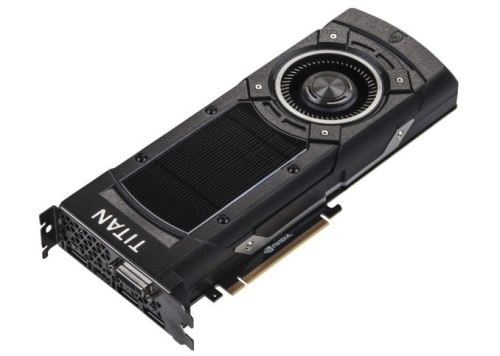
NVIDIA has launched its latest monstrosity of a top-tier graphics card, the GTX Titan X.
Review links:
The Titan X is the new single-GPU king, beating the GTX 980′s performance by a good 25%-33%. Unfortunately, the price is not “25%-33%” higher, but instead nearly doubled. At $550, the 980 is already very expensive, and the asking price of $1,000 for the Titan X is ridiculous.
High-End GPU Drama Affects Logical Increments Recommendations
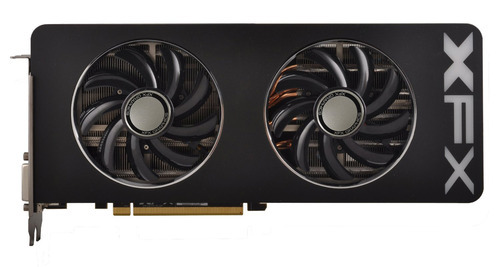
In recent weeks, the most-discussed topic in the PC hardware world has been the memory allocation of nVidia’s GTX 970. AMD has taken advantage of the controversy by lowering the price of their R9 290X card. As a result, we have made some changes to our high-end GPU recommendations.
GTX 960 Launched, Added to Great Tier
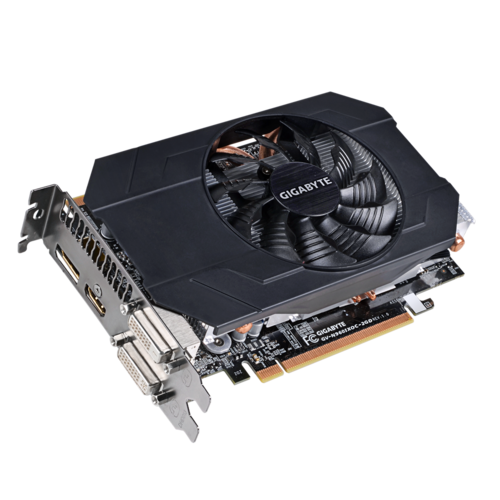
After a slight delay, we finally have the release of the GTX 960, NVIDIA’s $200 mid-tier GPU for the 900-series.
Some benchmarks:
Based on the numbers, the 960 is very power-efficient, but a little overpriced. The performance is on par with (or slightly lower than) AMD’s Radeon R9 280, which generally sells for a little bit less.
GPU Price Wars: AMD Strikes Back!
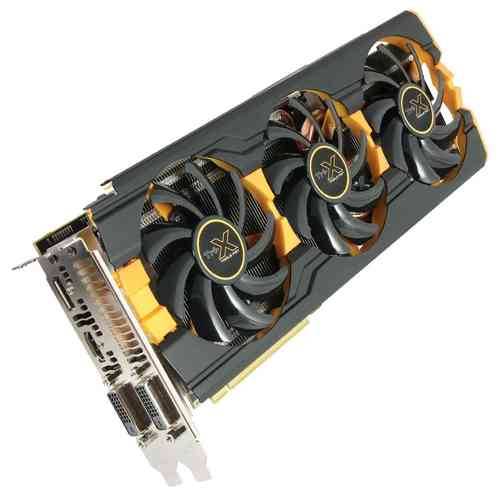
nVidia’s big Maxwell launch of the GeForce GTX 980 and 970 has gone very well for the company, giving gamers great performance at reasonable prices. The release of those two graphics cards made AMD’s flagship cards (290 and 290X) overpriced, and so we removed those two cards from the Logical Increments hardware guides. (We also removed the GTX 770 and 780, since those cards had been replaced at their price points.)
GTX 980 and 970 Added to Logical Increments
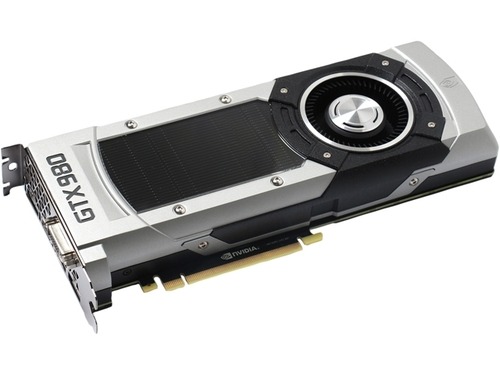
Today, nVidia has introduced the GeForce GTX 970 and the GTX 980, the flagship cards based on their Maxwell architecture.
The GTX 970 ($330) and 980 ($550) are now the best available graphics cards at their price points. Our GPU recommendations at Logical Increments have been updated to include these cards beginning at the Outstanding tier.



